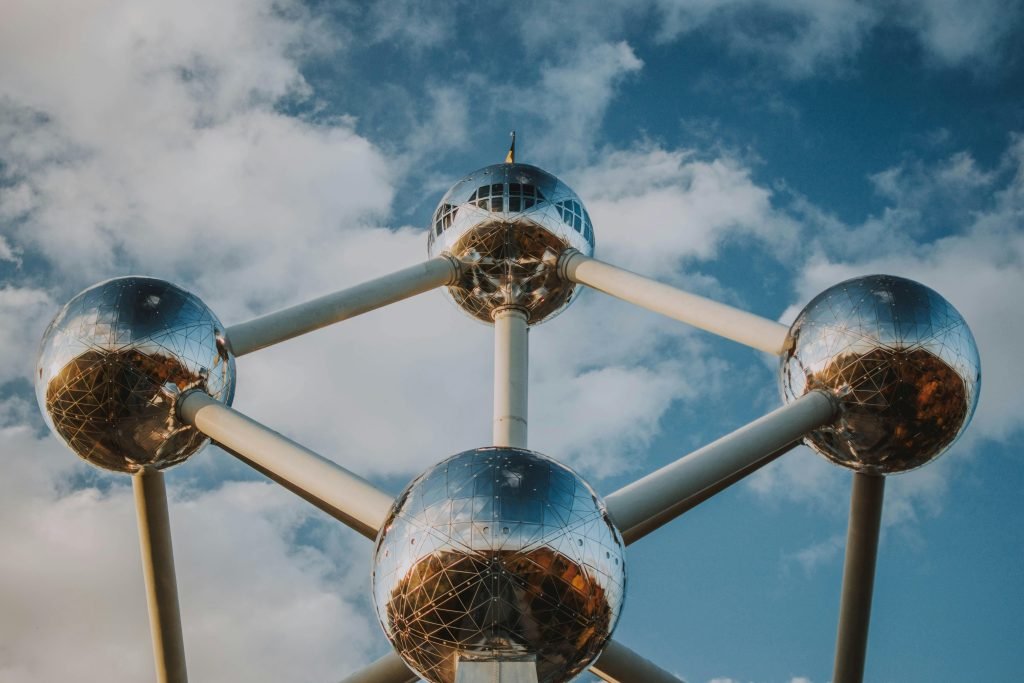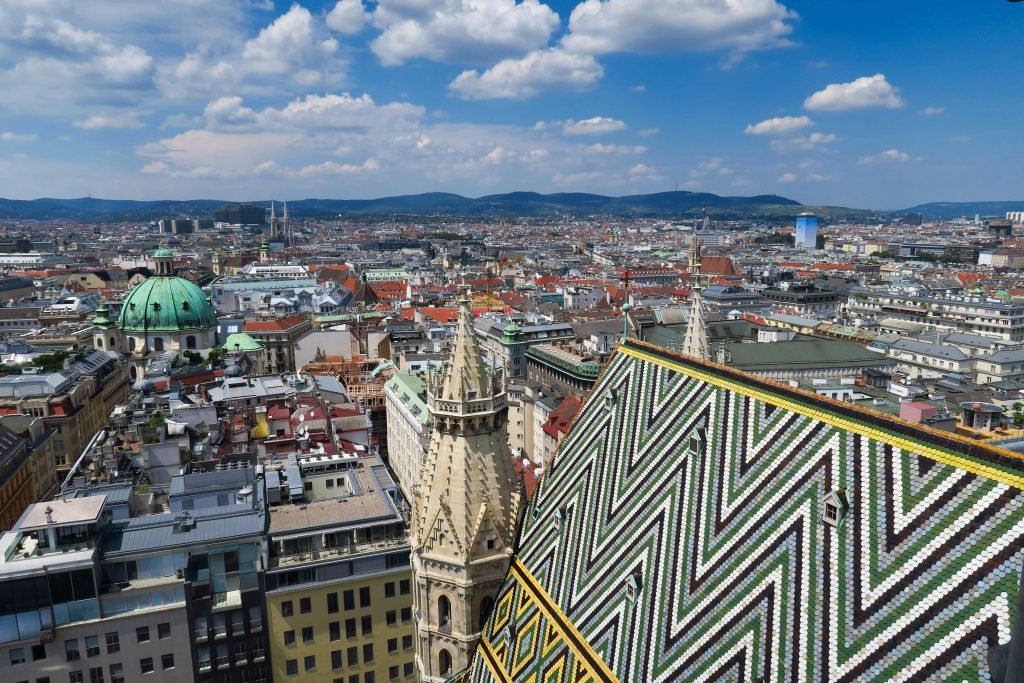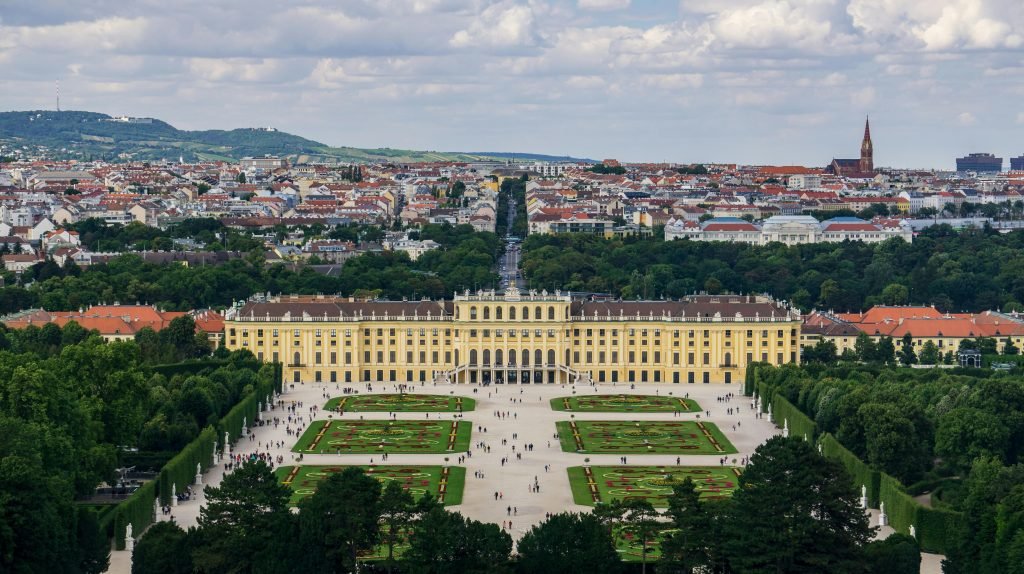Last updated: August 2025
Brussels stands as one of Europe’s most polarizing capitals—a city that simultaneously serves as the continent’s political powerhouse while grappling with urban challenges that keep many travelers questioning whether it’s worth their time. After extensive exploration during both winter holidays and spring visits, we’re here to give you the unvarnished truth about Belgium’s complex capital.
The short answer? Yes, Brussels is absolutely worth visiting, but with important caveats that most travel guides won’t tell you.
Why Brussels Deserves Your Attention
Brussels occupies a fascinating position in European travel—it’s the sophisticated capital that tourists often skip in favor of picture-perfect Bruges or vibrant Amsterdam. This oversight creates an opportunity for travelers seeking authentic European experiences without the overwhelming crowds.
The Brussels Paradox
What makes Brussels compelling is its contradictions. You’ll find UNESCO World Heritage architecture steps away from modern European Parliament buildings. Medieval squares coexist with cutting-edge museums. World-class chocolate shops neighbor working-class neighborhoods that reflect Belgium’s complex social fabric.
Brussels isn’t trying to be a tourist destination—it’s a living, breathing capital city where real politics happen, real people live, and authentic culture thrives alongside the occasional tourist trap. This authenticity comes with trade-offs that we’ll address honestly throughout this guide.
Brussels as Your European Hub
Strategically, Brussels functions as Europe’s best-kept secret for multi-country travel. High-speed trains connect you to major European capitals with impressive speed and convenience:
This connectivity transforms Brussels from a single destination into your gateway to Western Europe, often at a fraction of the cost of staying in Paris or London.
Getting to Brussels: Airport Strategy That Saves Time and Money
Brussels Zaventem Airport: The Smart Choice
When flying to Brussels, make sure you book tickets to Brussels Zaventem Airport, not Brussels South Charleroi Airport. Despite their similar names, these airports offer dramatically different experiences that can make or break your trip.
Brussels Zaventem (BRU) sits just 20 minutes from the city center by train, with direct rail connections departing every 15 minutes. The modern facilities and amenities justify slightly higher airfares through massive time savings and reduced stress.
Brussels South Charleroi (CRL) requires a grueling 60-90 minute bus transfer from 60+ kilometers away. While budget airlines use Charleroi to offer cheaper flights, the expensive time cost and basic facilities make it worthwhile only when you’re saving €100 or more per ticket.
Our recommendation: Unless you’re saving significant money per ticket, choose Zaventem. The time, convenience, and reduced stress justify the modest price difference, especially for short trips.
Alternative: High-Speed Rail
If you’re traveling from London, Paris, or Amsterdam, consider high-speed rail instead of flights. Eurostar and Thalys trains arrive at Brussels Central Station, placing you directly in the city center without any airport transfers.
Best Time to Visit Brussels: Seasonal Insider Knowledge
Spring (April-May): Peak Experience
Spring emerges as Brussels’ optimal visiting season, when the city transforms as numerous parks bloom with flowers, creating stunning contrasts against Gothic and Art Nouveau architecture. The mild temperatures of 15-18°C prove perfect for extensive walking, and tourist crowds haven’t yet reached summer levels.
Winter (December-February): Atmospheric but Challenging
Our New Year visit revealed Brussels’ winter character—surprisingly mild temperatures and occasional sunny breaks, but predominantly grey skies that can affect your mood. Christmas markets typically close before New Year’s, unlike German cities where they continue through early January. Winter considerations include shorter daylight hours limiting sightseeing time, some outdoor attractions becoming less appealing, and indoor cultural sites gaining importance, though cozy beer halls and chocolate shops truly shine during this atmospheric season.
Summer and Fall Options
Summer brings peak tourist season with warmth, extended daylight, and full cultural programming, but also crowds and higher prices. European Parliament sessions add business travelers, increasing accommodation demand. Fall offers a balanced option with mild weather, fewer crowds, and cultural institutions operating full schedules, making September through October a good compromise between spring’s beauty and winter’s indoor focus.
Complete Brussels Itinerary: 2-3 Days Done Right
Day 1: Historic Heart and Chocolate Culture
Morning (9:00-12:00)
Begin your Brussels adventure early at the Grand Place, arriving before 10 AM to photograph this UNESCO World Heritage site without crowds. The Baroque guild houses create one of Europe’s most beautiful medieval squares, offering perfect morning light for photography. From here, wander through the Galeries Royales Saint Hubert, Europe’s first covered shopping arcade from 1847, where iron and glass construction will fascinate architecture enthusiasts alongside luxury shops and historic cafés.
The famous Manneken Pis bronze statue awaits nearby—smaller than expected but culturally significant, often dressed in costumes reflecting current events or holidays. Don’t just snap a photo and leave; take time to understand why this tiny statue holds such importance in Brussels’ heart.
Afternoon (12:00-17:00)
Dedicate your afternoon to experiencing Brussels’ chocolate culture beyond tourist shops. Continue to Notre-Dame du Sablon, a Gothic church with stunning stained glass that serves as Brussels’ religious center, then climb to Mont des Arts. These terraced gardens offer panoramic city views and access to several museums, providing perfect sunset photography opportunities.
Evening (17:00-21:00)
Experience Belgian beer culture at Delirium Café, where over 3,000 varieties await your exploration. End your day with dinner in Sainte-Catherine, the former fish market area that now features excellent restaurants in safe, well-lit surroundings.
Day 2: Culture, Politics, and Green Spaces
Morning (9:00-13:00)
Your cultural immersion begins at the Magritte Museum, home to the world’s largest collection of René Magritte’s surrealist works. The beautiful curation makes this essential for understanding Belgian art beyond tourist clichés. Continue to the Royal Museums of Fine Arts, where Flemish primitives, modern art, and contemporary collections exist under one magnificent roof. The Royal Palace and Parc de Bruxelles offer free access to palace state rooms during summer months, plus peaceful park walks that reveal Brussels’ gentler side.
Afternoon (13:00-18:00)
Your journey into Brussels’ modern identity begins in the European Quarter. Whether you love or hate the concept, EU institutions define modern Brussels, and guided tours of the European Parliament reveal fascinating insights when sessions aren’t occurring. Parc Leopold serves as a hidden gem where Einstein attended the famous 1927 Solvay Conference, offering quiet escape with authentic local atmosphere. The Museum of Natural Sciences houses exceptional dinosaur collections and interactive exhibits, proving particularly engaging for families.
Evening (18:00-21:00)
Evening brings you to Avenue Louise for upscale shopping and international dining, followed by local beer tasting focused on lambic beers unique to the Brussels region. These traditional brews offer flavors impossible to find elsewhere in the world.
Day 3 (Optional): Beyond Central Brussels
If you have a third day, venture to the Atomium, the 1958 World Expo symbol offering panoramic views accessible via Metro Line 6 to Heysel. The Royal Greenhouses of Laeken open only briefly each year from April to May, showcasing Art Nouveau glass structures housing exotic plants.
Alternatively, use Brussels as your Belgian base for day trips:
Brussels Safety Guide: Honest Assessment and Practical Tips
Let’s address Brussels’ safety concerns with honest discussion rather than fearmongering or denial. Understanding which areas require caution helps you navigate the city confidently while staying safe.
Areas to Exercise Caution
Gare du Nord (North Station) consistently receives warnings from local residents, particularly after dark, due to higher concentrations of homelessness and petty crime. Use Brussels Central Station instead for arrivals and departures whenever possible.
Certain neighborhoods require awareness without paranoia:
Safe Areas and Practical Precautions
Generally safe zones include:
Practical safety measures begin with choosing accommodations near Grand Place, Sablon, or Avenue Louise. Stick to well-lit main streets after dark, avoid conspicuously displaying expensive electronics or jewelry, and trust your instincts—if an area feels uncomfortable, simply leave.
Reality Check: Security Assessment
Belgium maintains heightened security alert levels due to past incidents and ongoing concerns. The increased police and military presence you’ll notice in tourist areas and transport hubs represents normal protocol rather than immediate alarm signals. Brussels shows visible urban challenges in certain neighborhoods, creating a genuine patchwork city experience that contrasts with pristine tourist centers.
For tourists staying in central areas, primary concerns remain petty crime like pickpocketing and phone theft rather than serious security threats. During our multiple visits, we never felt genuinely unsafe in tourist areas, though the elevated threat environment requires more vigilance compared to many other European capitals.
Final Verdict: Who Should Visit Brussels
Brussels is Ideal For:
Brussels May Not Suit:
The Bottom Line
Brussels rewards travelers who appreciate complexity over simplicity, authenticity over perfection, and substance over surface beauty. It’s a city that grows on you rather than stunning you immediately, but for many visitors, that gradual appreciation creates deeper, more lasting travel memories than instant gratification destinations.
If you’re seeking Instagram-perfect shots without context, skip Brussels entirely. If you want to understand modern Europe—its achievements, contradictions, and ongoing evolution—Brussels provides an unfiltered, fascinating glimpse into the continent’s political and cultural heart.
Our recommendation: Visit Brussels as part of a longer Belgian itinerary or European multi-city trip. Two days allows you to experience its highlights without overstaying, while three days permits deeper cultural immersion and day trip exploration. Brussels isn’t love at first sight for everyone, but it offers something increasingly rare in modern travel: genuine authenticity in a world of manufactured tourist experiences.


